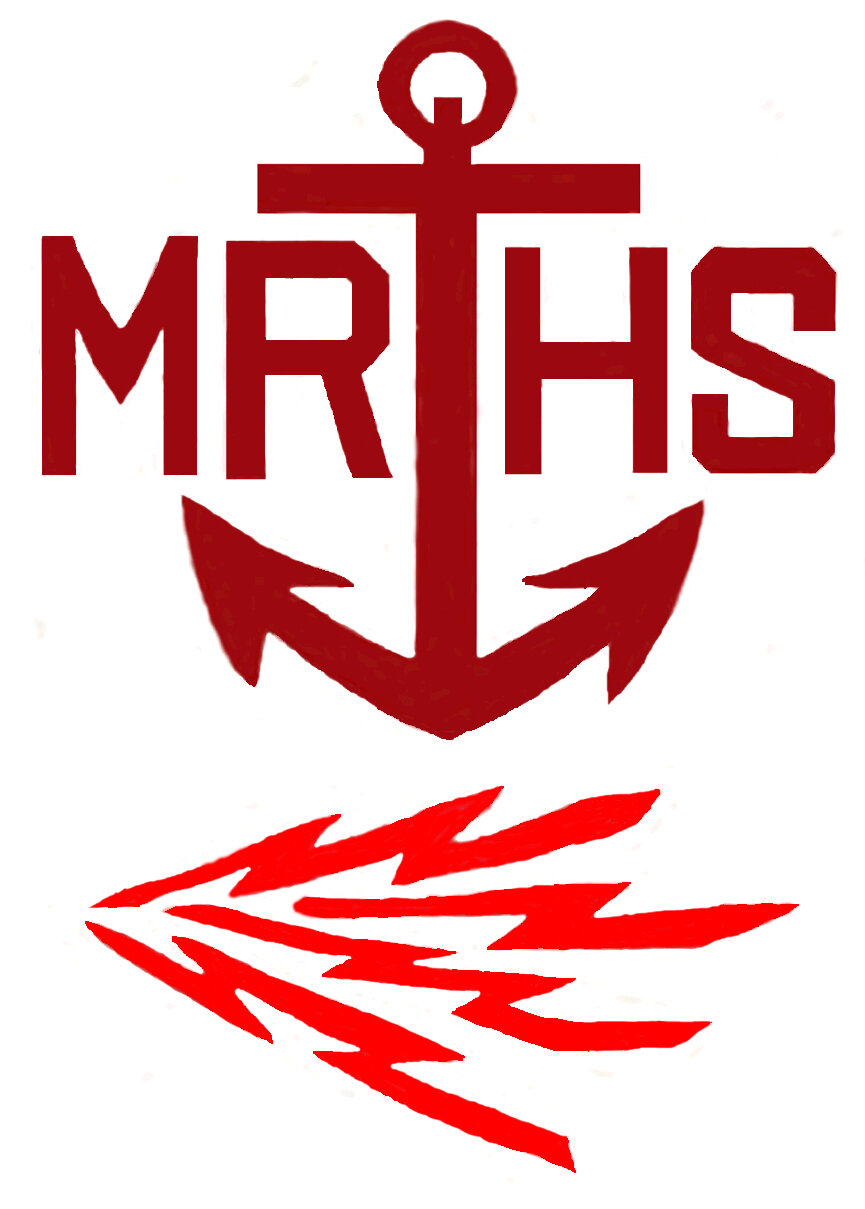Working the Russians at NMC
Like Denice Stoops, Rick Wahl was a CW operator at the USCG station NMC before coming to KPH. He was an ace operator as can be heard in the KPH recordings he has kindly supplied for inclusion in the Coast Station Recordings section of this Web site. Here's Rick's story of how it was to work Russian ships at NMC.
Working the Russians at NMC - by Rick Wahl, ex-NMC, ex-KPH
Having logged thousands of hours on 500 kc/s, both at NMC and KPH (and for a brief time on NRLT), I have many fond memories of the experience. Much like CW Lindenberg did, in my Coast Guard days, I would bribe and finagle my way into sitting MF as much as possible. It was a good day (or night) when I'd have it all 12-hours to myself.
It was one of those quiet watches at NMC - about the only thing I was logging was the required five-minute entries of NO SIGS or the Silent Periods. I was sitting there chatting with the operator on HF/CW when I suddenly realized I had just heard a faint "SOS DE ABCD" in my phones amongst the static. (I don't recall the exact call sign).
I jumped on the key "QRZ? DE NMC K".... (static) ...cranked the volume and pressed the phones to my ears....(static) ...I sent out the call again and looked at the clock - no, it wasn't the Silent Period (bad habit, always look at the clock and then send!). I yelled to the Chief RO and within seconds about a dozen ears were tuned to 500 kc/s like their own lives depended on it...(static).
Well, as it turned out - we replayed the log tape, and I acutally did hear someone sending "SOS DE ABCD" (just once), and fortunately he had sent his correct callsign, so we were able to find out later that the operator didn't realize his key was live and was just practicing.
They weren't all false alarms though. I remember working a cargo ship all the way to the Golden Gate - they'd had some bad weather and their load shifted - they came thru the Gate at a 30 degree list. Or the time we got a call from one of our own - a Cutter had lost two crewmen overboard in heavy seas. One of them I knew from RM school in Petaluma. They were never found. NMC had the guard for a large piece of the Pacific, so the troubles at sea, especially with small boats to/from Hawaii, were almost a weekly occurence.
And then there were the Russians.
Opinions differ, but I think they were some of the finest Radio Operators at sea. Your fingers really had to fly on the mill to keep up with one of their fisheries reports and you'd mutter a few choice words in the process.
One night JZ (a fine CW Op who later went to work for KFS) and I were sitting MF. We had one of those old Model-28 teletype machines next to our position that was used to punch out paper tapes for the weather broadcasts. The tapes would be set on a tape reader that converted the punched tape into Morse Code for the broadcast. Naturally, it also had a speed control.
This was during one the fishing seasons when the Russian fleet was out in force. We had become familiar with a few of the Russian Ops and JZ and I always enjoyed working them.
We typed up a short QSO, "UPTO DE NMC QSA?" or something similar onto a few pieces of paper tape, and then cranked the speed control on the Morse converter to about 100WPM.
When the second-hand on the clock hit 12:00, right after the next Silent Period, we let it fly...BREEET!
And you know - as fast that was, the last DIT hadn't gone out before you could hear one of those Russian transmitters tunning up, "NMC DE UPTO QSA5 K"! (almost as fast, but not quite - they tended to slow it down a bit for us, just so we'd know the right ship answered).
Anyway - those were the days!
I agree with DR - the only way to save 500 kc/s (and the working frequencies 420 to 512) is with the help of the Amateur Radio community. Although I would not like to see it become a Ham band, they should be given the opportunity to hear the way it was and perhaps participate. CW only, and no airplanes, please! (unless floating of course).
When KPH closed, I could not have hoped in my wildest dreams that the station would be preserved today the way it has been, thanks to efforts of the MRHS gang and the National Park Service. You can walk in there today and see it _exactly_ as it was in it's prime. I hope everyone who reads this takes the opportunity to visit the station one day, perhaps take a seat at the MF position, put on some headphones - and listen...
73/88/ZUT
FW
